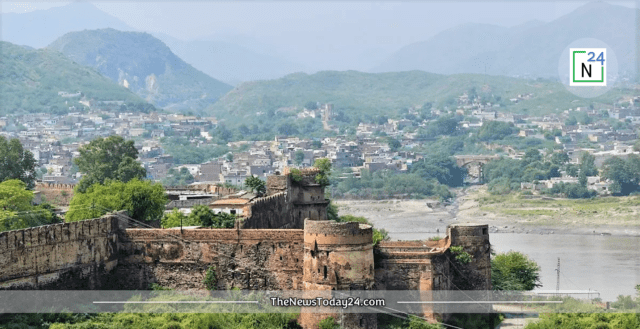The Attock Fort is a beauty in Oasis as in Pakistan, there is no shortage of historic sites as . The history of this area spans several centuries and is noted in the travel diaries of eminent historians from all over the world, from the huge Derawar Fort in the Cholistan Desert close to Bahawalpur to the famed Rohtas Fort close to Jhelum.
One such historical site in the nation is the magnificent Attock Fort, which is close to the city of Attock in Punjab and is renowned for its exquisite architecture and immaculate design in addition to its strategic location.
The beautiful Attock fort, over which many of the major powers of the Subcontinent have fought in the past, is one of Attock’s most remarkable and outstanding characteristics.
The magnificent fort at Attock commands a view of the Potohar Plateau’s hills and beautiful Indus river.
History
Attock Fort’s current design may have been created by Mughal King Akbar, but records indicate that a castle or military outpost had been there before Alexander the Great’s conquest at the point where the Indus River divides Punjab from what was then the Afghan-Pashtun frontier.
Akbar is credited with building Attock Fort in its present configuration in less than two years while working with Khwaja Shamshuddin Khawafi, one of the emperor’s ministers. The fort’s principal objective was to guard the passage and deter intruders from approaching the area.
Attock Fort was a significant stronghold during the height of the Mughal Empire because of its role as a crossing point for armies on both sides of the Indus River. As a result of his army passing through Attock in 1738, the Persian emperor Nader Shah put an end to the Mughals’ hegemony in the northern region in the 18th century.
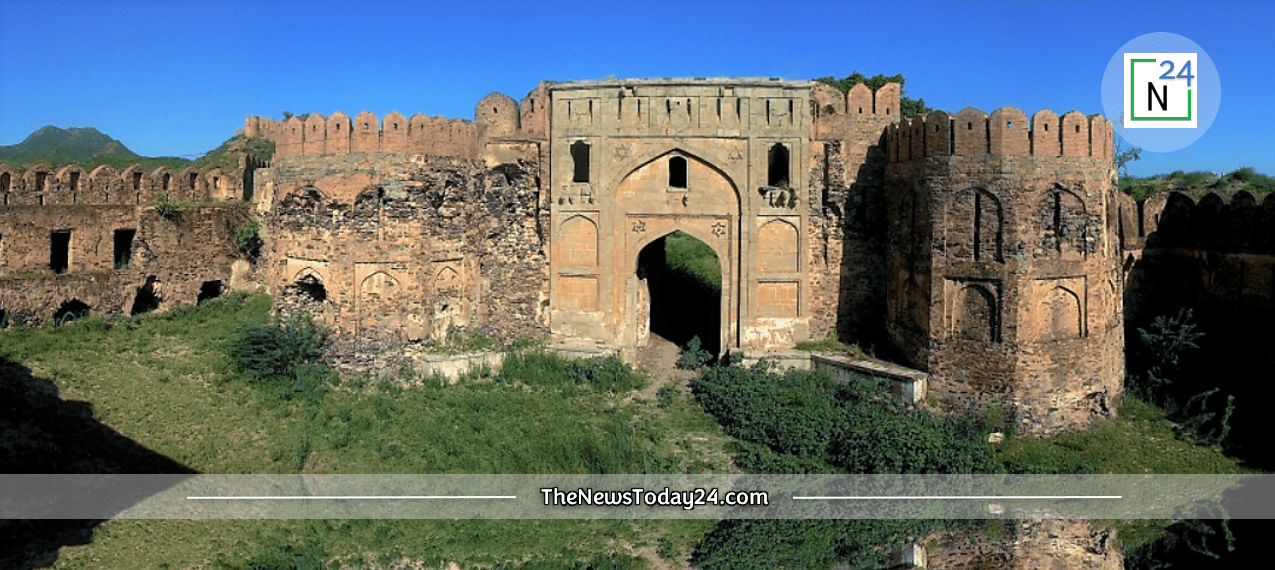
Attock Fort was taken over by the Marathas in 1758, but Ahmed Shah Durrani was able to retake it in 1761 while travelling to the Third Battle of Panipat. Up to the end of 1812, the massive structure served as an Afghani military stronghold. After the Battle of Attock in 1813, the fort was captured by the Sikh Empire.
The Mughal Emperor Akbar gave the order to build the fort in 1581. After two years of construction, the fort was ready for use as a vital line of defence against Afghan invaders. Sikhs acquired control of the fort in 1812, and the British later took control.
The fort was taken over by the Pakistani Army following the division of India. It later served as the 7th division of the Pakistani Army’s headquarters.
Up until the subcontinent’s partition and the establishment of Pakistan in 1947, it stayed that way. After the independence, The Special Services Group (SSG), a special operations unit of the Pakistani Army, received control of the fort in 1956. The SSG is still in charge of the fort today.
Location
Attock Fort is situated where Punjab and Khyber Pakhtunkhwa meet and is surrounded on two sides by the Peshawar Road and the River Indus, about 80 kilometres from Islamabad, the country’s capital.
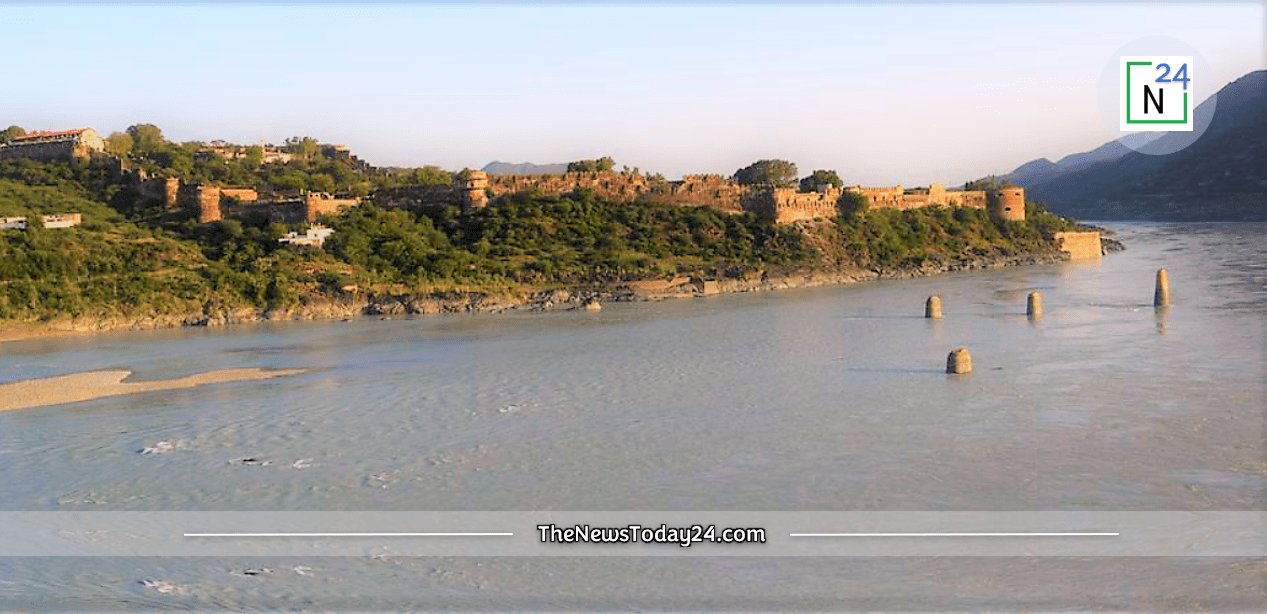
This majestic fort, which is located just a few kilometres from Attock on the right bank of the powerful River Indus adjacent to the Peshawar Road, is unavoidable if you are travelling from Islamabad to Peshawar.
A stunning Victorian-style railroad station was built in 1880 within two kilometres from the Attock Fort. Three years later, the British military constructed an iron bridge across the Indus River in order to construct a railroad line that would extend all the way to Afghanistan.
Architecture
Khawaja Shamsuddin Khawafi oversaw the construction of Attock Fort at Attock Khurd during the reign of Akbar from 1581 to 1583 in order to guard the River Indus’ passage.
The fort has 1600-meter-long perimeter wall. Brick and stone are used in the construction and finishing of Attock Fort. Its stone wall, which is dotted with battlements and machicolations in a rhythmic pattern and descends in time with the hills’ contours up to the river, ends in a gate that faces the river. There is also found a fishing community, currently known as Mohalla Malahan, close to the village (Fishermen settlement).
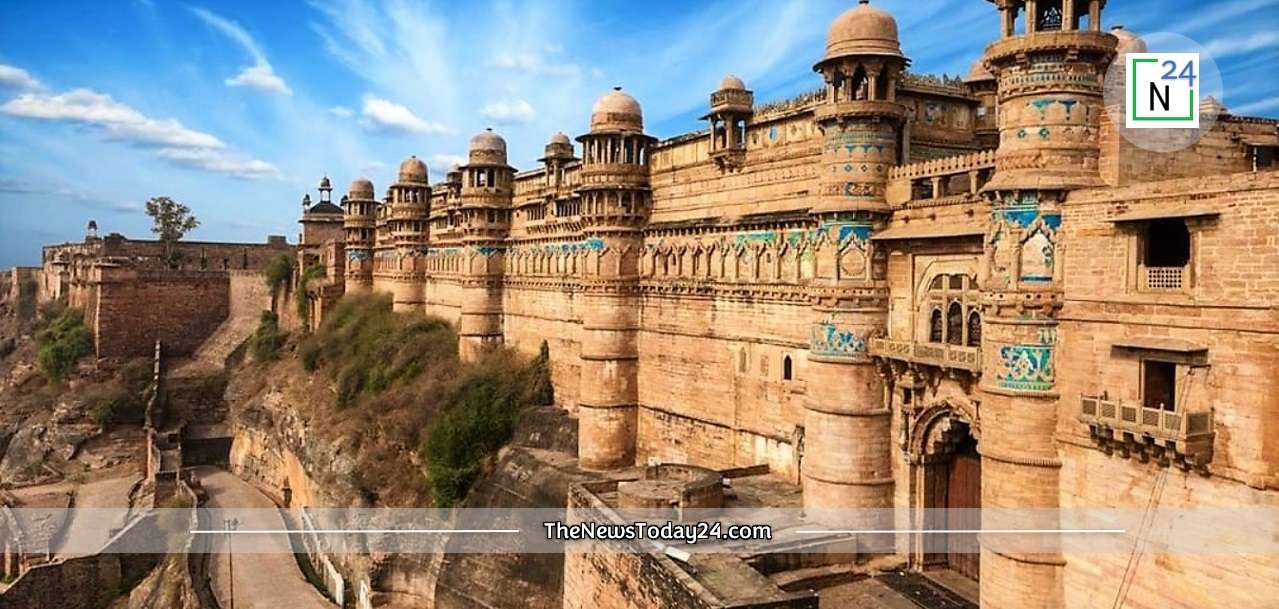
There are four main gates that lead to different areas and entrances of the fort: the Dehli, Mori, Lahori, and Kabuli gates. The fort is home to numerous bats that have found sanctuary in the fort’s darkness because of its high arches.
Additionally, a sizable brick building known as the Hangman’s Platform is present close to the fort’s perimeter (Phansi Ghat). As the raging flood was let into the building and swept the dead bodies away into the river, prisoners would be hung from the platform.
The limited access, Attok fort is still kept in reasonably good condition. The fort’s perimeter walls are still standing, and one can still make out the massive staircases and elephant-specific passageways from the Mughal era.
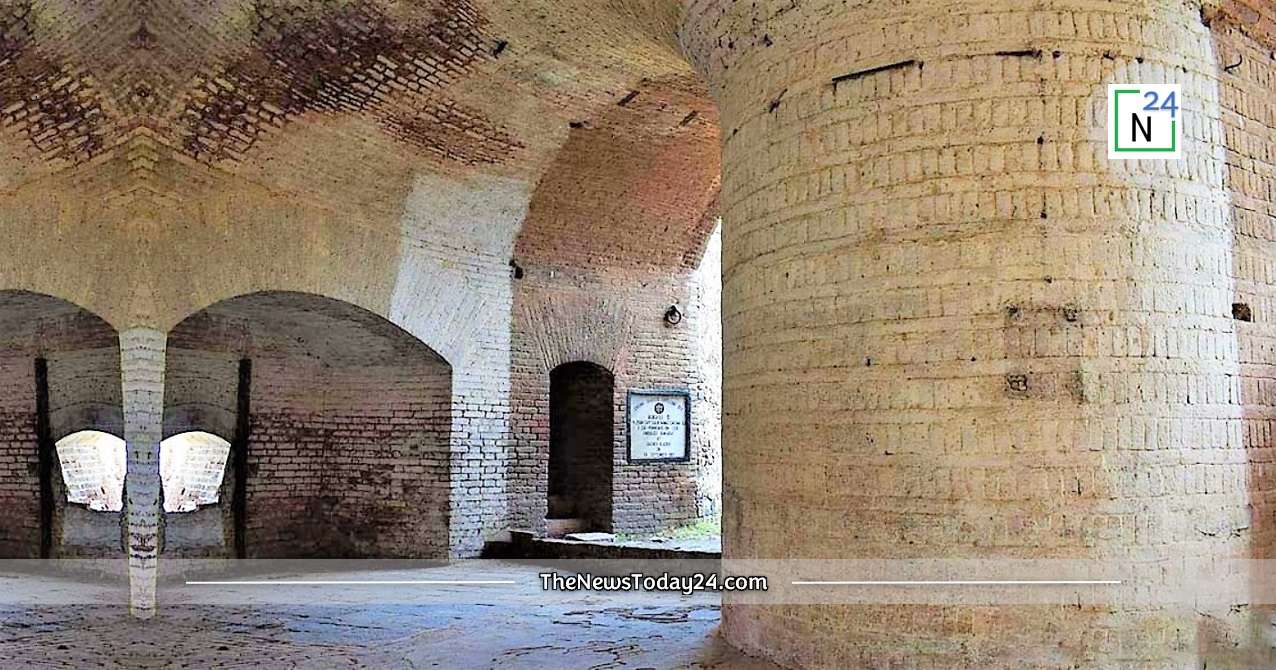
There are numerous staircases leading up to the fort’s summit, which offers a wonderful panoramic view of the surrounding area away from the bustle and noise of the visitors outside the fort.
The fort includes well-maintained dwelling rooms and barracks as well. Secret tunnels also access the numerous underground cells and chambers used to house intruders and convicts. Throughout Pakistan’s history, many political prisoners were housed there.
Another notable feature of this fort is the absence of any non-Muslim houses of worship, in contrast to other Mughal-era structures. Non-Muslim places of worship were frequently built at the time to encourage peace with non-Muslim warriors.
Outside one of the gates, there is a Hindu temple that dates back to the days of the Attock hamlet. It is located on the bank of the river.
Tourism
Visitors are not permitted inside the fort because it is a military base. Due to its strategic location, the 16th-century fort was used as a military base until recently, therefore visitors were not permitted to tour it.
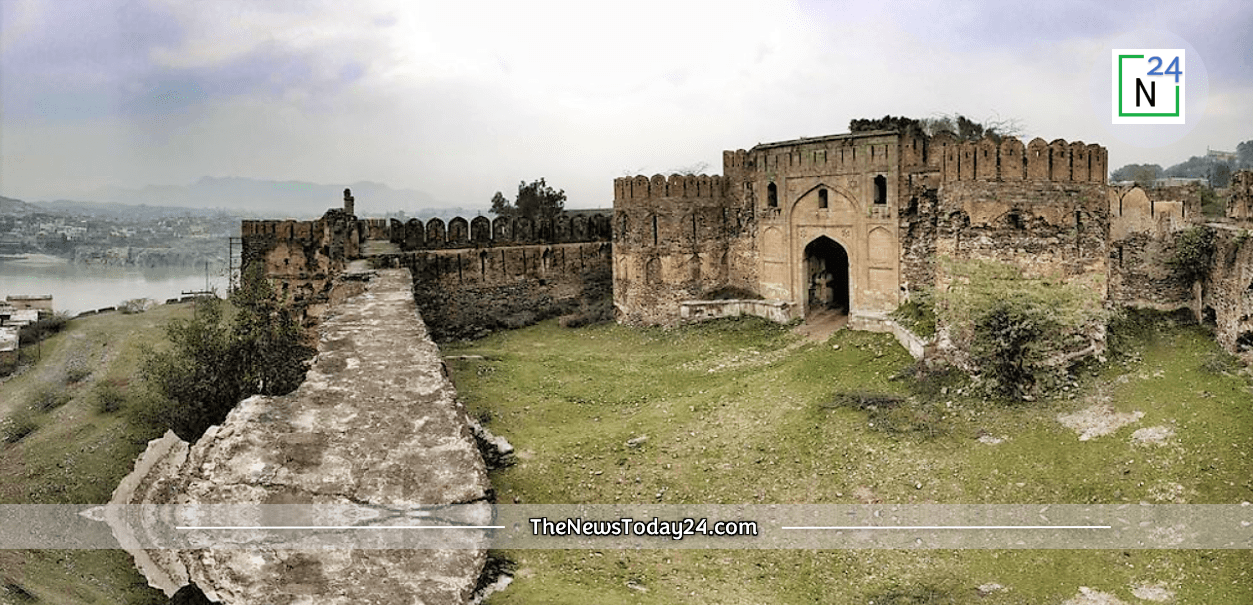
In order to make the location one of the most well-liked tourist spots in Pakistan, the government will also offer boarding and accommodation options there.
Major media outlets have, however, stated that Attock Fort will soon be made accessible to the public, making it one of Pakistan’s top tourist destinations.
Syed Zulfikar Bukhari, Special Assistant to the Prime Minister on Tourism and Overseas Pakistanis, along with representatives from the World Bank, the archaeology and tourism departments, and the local government, recently visited the Mughal-era fort in an effort to increase tourism in Pakistan’s northern regions. He also said that for the first time in its history, the magnificent monument will be accessible to tourists.
The worth highlighting is the multi-million dollar Punjab Tourism for Economic Growth project, which will transform the Attock Fort into a tourist destination. The purpose of this plan is to improve tourism.

